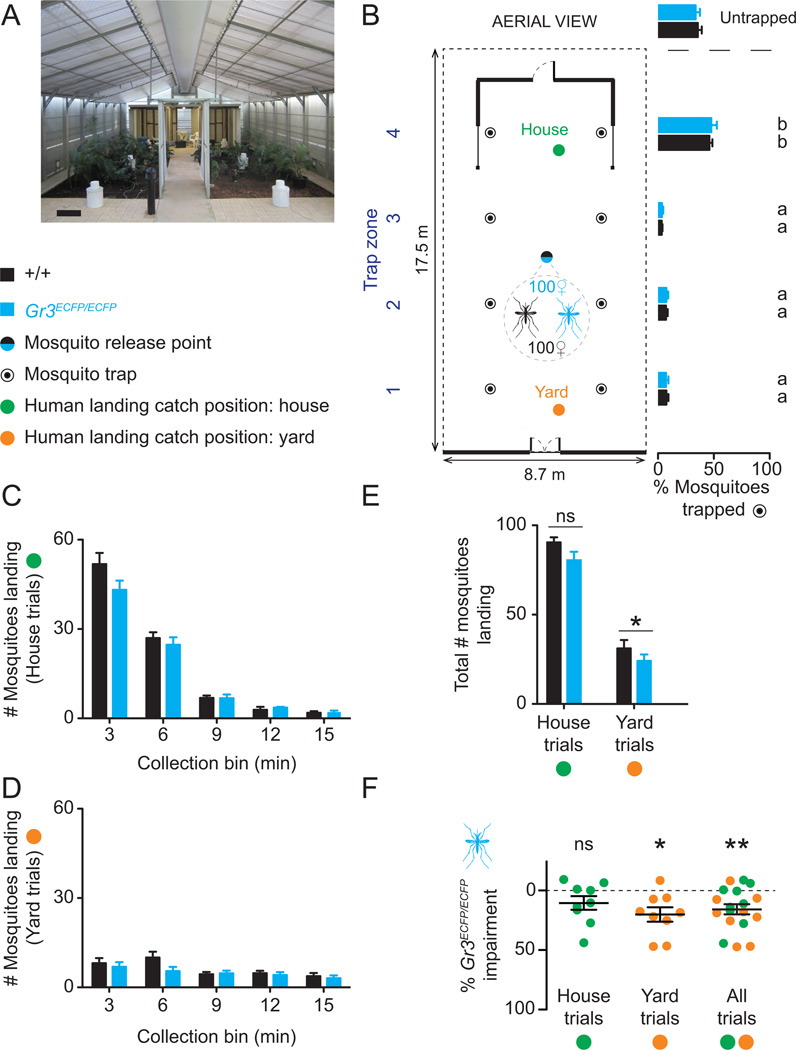Figure 5. Gr3 mutants have diminished responses to live humans in a semi-field environment.
(A) Interior view semi-field cage. Scale bar: 0.5 m.
(B) Schematic of the semi-field cage showing the average distribution of a 50:50 mix of wild-type and Gr3ECFP/ECFP mutant female mosquitoes (n=100 per genotype) in the cage in the absence of humans (n=5 trials). Distribution varied significantly according to trap zone, but not genotype (two way-ANOVA, P<0.0001 for trap zone and P=0.773 for genotype). Different letters indicate significantly different means by post hoc Tukey’s HSD test.
(C–D) Number of mosquitoes of the indicated genotype landing on human subjects in 3 min bins during 15 min at house (C) or yard (D) position (n=9 trials per position).
(E) Total number of mosquitoes landing in human landing catch trials with human volunteers at house or yard position. Paired t-tests were used to assess statistical significance in comparisons between genotypes (ns, not significant, p=0.09; * p=0.018).
(F) Relative impairment in host-seeking of Gr3ECFP/ECFP mutants compared to wild-type mosquitoes (one-sample t-test relative to zero; ns, not significant, p = 0.105; * p = 0.011; ** p = 0.002).
In B–F, all data are plotted as mean ± s.e.m.

